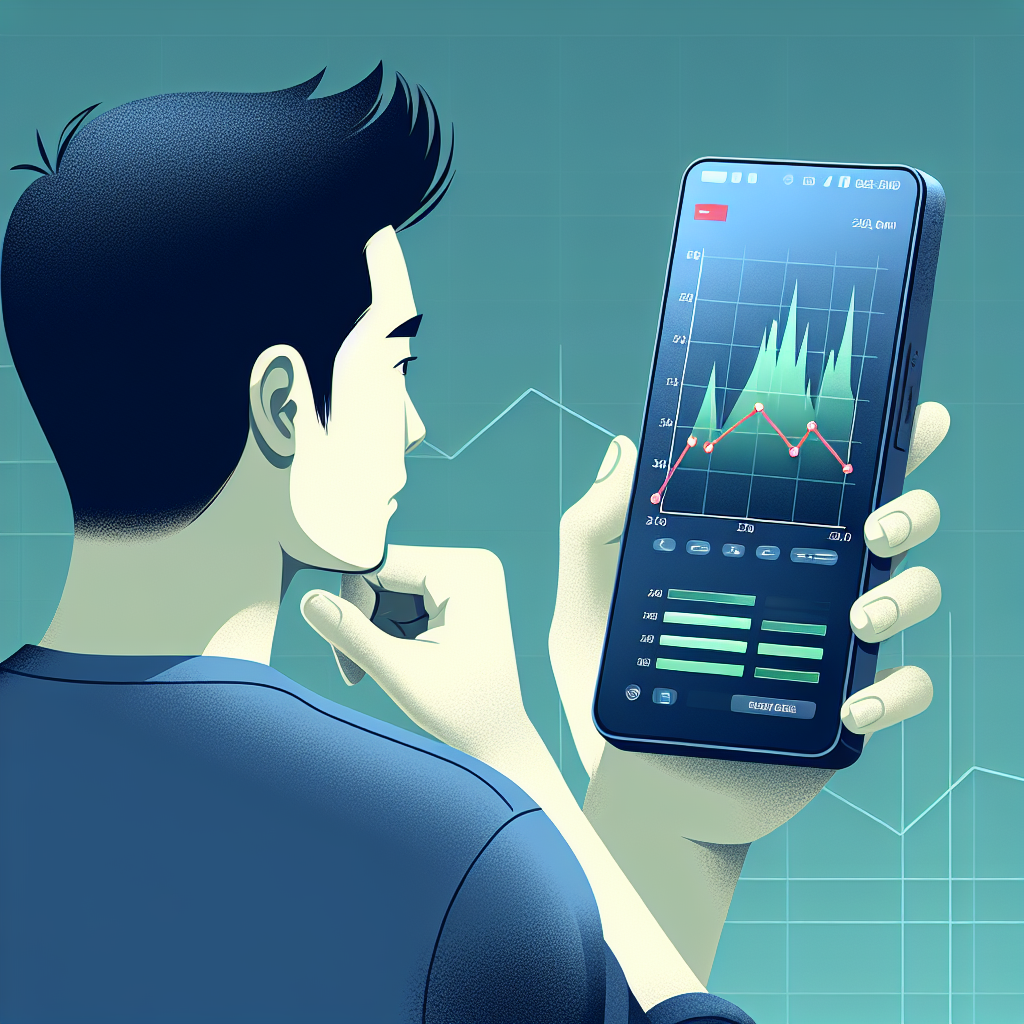Monitoring data usage on a mobile broadband device is crucial to avoid unexpected charges and ensure efficient data management. With the proliferation of mobile broadband, keeping a close eye on how much data you are consuming can prevent overspending and ensure you have adequate resources for your needs. This article explores the various methods and tools available to effectively monitor your data usage.
Why Monitoring Data Usage is Important
Understanding your data consumption habits ensures you get the most value from your mobile broadband plan. It helps in:
- Preventing Overages: Knowing your data limits prevents you from exceeding your allowance and incurring extra charges.
- Managing Costs: It helps you budget your data usage to avoid paying for additional data packages.
- Optimizing Usage: By identifying data-draining activities, you can adjust usage to maximize data efficiency.
Common Data Usage Activities
| Activity | Data Usage |
|---|---|
| Streaming HD Video | 1-3 GB per hour |
| Streaming Music | 100-150 MB per hour |
| Web Browsing | 60-150 MB per hour |
| Social Media | 50-200 MB per hour |
Methods to Monitor Data Usage
1. Using Built-in Features on Your Device
Most smartphones and tablets come with built-in data usage monitors:
- Android: Go to Settings > Network & Internet > Data usage to view your data consumption and set data limits or warnings.
- iOS: Navigate to Settings > Cellular to see your data usage statistics and configure alerts.
2. Mobile Broadband Software
Your mobile broadband device may come with software that tracks data usage:
- Check the manufacturer’s website for downloadable data tracking software.
- Install the software on your device to monitor real-time data usage and get alerts when you reach certain limits.
3. ISP’s Account Management Tools
Most Internet Service Providers (ISPs) offer online tools to monitor your data usage:
- Log in to your ISP account via their website or app.
- Look for data usage details and set up notifications for when you are approaching your limit.
4. Third-party Applications
There are numerous third-party applications designed to monitor data usage:
- My Data Manager: Available for both Android and iOS, it tracks your data usage and provides detailed reports.
- Data Usage: This app helps you monitor your data usage and set up customizable alerts.
5. Router-based Monitoring
If you use a mobile broadband router, you may be able to monitor data usage through the router’s interface:
- Log into your router’s web interface.
- Check the usage statistics section for detailed data reports.
Tips for Minimizing Data Usage
Here are some practical tips to help you minimize your data consumption:
- Use Wi-Fi where possible: Connect to Wi-Fi networks to save your mobile data for when you really need it.
- Limit background data: Disable background data for apps that don’t need to be running continuously.
- Optimize streaming settings: Lower the quality of video streams in apps like Netflix or YouTube to use less data.
- Update apps over Wi-Fi: Ensure that app updates are set to download only when connected to Wi-Fi.
Conclusion
Monitoring data usage on your mobile broadband device is essential to avoid unexpected overages and manage your data effectively. Utilize built-in device features, ISP tools, third-party applications, and router interfaces to keep a close eye on your consumption. Adopting smart usage practices will ensure you stay within your data limits and make the most out of your mobile broadband plan.

